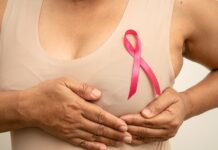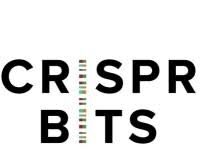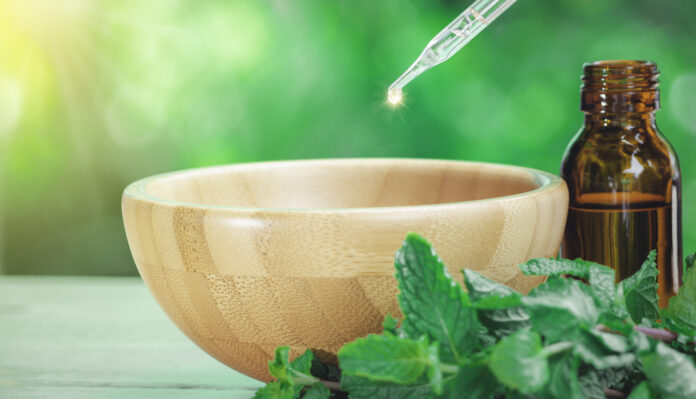A recent study published in the journal Antioxidants explored the therapeutic potential of ethanolic extracts from olive leaves sourced from Spain and Greece. The findings reveal that both extracts, especially the one from Greece, demonstrate high antioxidant capacity and notable antimicrobial and anticancer properties, suggesting potential applications in healthcare as antimicrobial agents and melanoma treatments.
Previous research has indicated that phytochemicals from medicinal plants hold promise for developing new medicines, particularly for aggressive cancers like melanoma. However, while extensive studies have highlighted the antioxidant and antimicrobial properties of olive leaf extracts, there remains a gap in understanding the phytochemical profiles of olive leaves from different regions and their specific anti-melanoma effects, particularly when applied topically.
Addressing these gaps, the current study characterized the ethanolic extracts of olive leaves from Seville, Spain (OFS), and Lefkada, Greece (OFG), examining their chemical, micronutrient, and inorganic contents. The researchers assessed their potential as antimicrobial, anti-melanoma, and angiogenesis-modulating agents. Olive leaves were harvested, dried, ground, and mixed with a solvent for extraction. The extracts were then filtered, concentrated, and stored for analysis.
Laboratory techniques identified and quantified the compounds in the extracts. Inorganic elements were analyzed using graphite furnace-atomic absorption spectrometry (GF-AAS). Antioxidant activity was evaluated through assays, while antimicrobial activity was tested against various microbial strains. Cytotoxicity against human melanoma cells and cell migration were also assessed using scratch assays. Additionally, the extracts were tested for potential irritation and effects on blood vessel growth using chick embryo assays. Statistical analyses were conducted using one-way analysis of variance (ANOVA).
The study found that the extraction yield was 11.34% for OFS and 9.46% for OFG. OFG exhibited a higher total phenolic content (99.228 µg/mg) compared to OFS (56.733 µg/mg). Key phenolic compounds in OFG included luteolin 6-C-glucoside and luteolin 7-O-glucoside, while oleuropein was predominant in OFS. Triterpenes were also higher in OFG (111.747 µg/mg) than in OFS (57.085 µg/mg), with oleanolic acid being the most significant component. Elemental analysis showed that OFS had nearly double the metal content compared to OFG.
As reported by News Medical Life Sciences, antioxidant activity was slightly higher in OFG (91.89% at 1000 µg/mL) than in OFS (89.97%). Antimicrobial tests revealed that OFS was more effective against a broader range of bacteria at higher concentrations. Cytotoxicity assays showed that OFG was more effective against melanoma cells, reducing cell viability to 38.5% at 200 µg/mL after 72 hours, compared to 60.8% for OFS. Scratch assays indicated that OFG significantly reduced melanoma cell migration. Both extracts were found to be safe for cells and influenced blood vessel formation, with OFG showing a stronger effect.
























